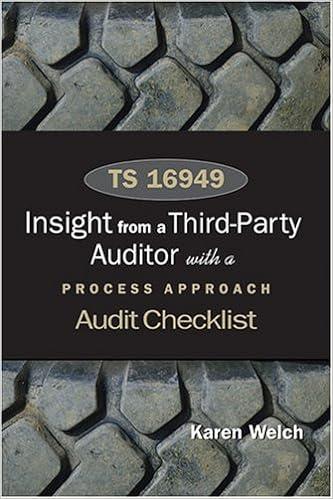Question
Entries Related to Uncollectible Accounts The following transactions were completed by The Wild Trout Gallery during the current fiscal year ended December 31: Jan. 19.
Entries Related to Uncollectible Accounts
The following transactions were completed by The Wild Trout Gallery during the current fiscal year ended December 31:
| Jan. 19. | Reinstated the account of Arlene Gurley, which had been written off in the preceding year as uncollectible. Journalized the receipt of $2,660 cash in full payment of Arlene's account. |
| Apr. 3. | Wrote off the $12,750 balance owed by Premier GS Co., which is bankrupt. |
| July 16. | Received 25% of the $22,000 balance owed by Hayden Co., a bankrupt business, and wrote off the remainder as uncollectible. |
| Nov. 23. | Reinstated the account of Harry Carr, which had been written off two years earlier as uncollectible. Recorded the receipt of $4,000 cash in full payment. |
| Dec. 31. | Wrote off the following accounts as uncollectible (compound entry): Cavey Co., $3,300; Fogle Co., $8,100; Lake Furniture, $11,400; Melinda Shryer, $1,200. |
| Dec. 31. | Based on an analysis of the $2,350,000 of accounts receivable, it was estimated that $60,000 will be uncollectible. Journalized the adjusting entry. |
Required:
1. Record the January 1 credit balance of $50,000 in a T account presented below in requirement 2b for Allowance for Doubtful Accounts.
2. a. Journalize the transactions. For a compound transaction, if an amount box does not require an entry, leave it blank. Note: For the December 31 adjusting entry, assume the $2,350,000 balance in accounts receivable reflects the adjustments made during the year.
3. Determine the expected net realizable value of the accounts receivable as of December 31 (after all of the adjustments and the adjusting entry). $
4. Assuming that instead of basing the provision for uncollectible accounts on an analysis of receivables, the adjusting entry on December 31 had been based on an estimated expense of of 1% of the sales of $15,800,000 for the year, determine the following:
a. Bad debt expense for the year. $
b. Balance in the allowance account after the adjustment of December 31. $
c. Expected net realizable value of the accounts receivable as of December 31 (after all of the adjustments and the adjusting entry). $
Step by Step Solution
There are 3 Steps involved in it
Step: 1

Get Instant Access to Expert-Tailored Solutions
See step-by-step solutions with expert insights and AI powered tools for academic success
Step: 2

Step: 3

Ace Your Homework with AI
Get the answers you need in no time with our AI-driven, step-by-step assistance
Get Started


